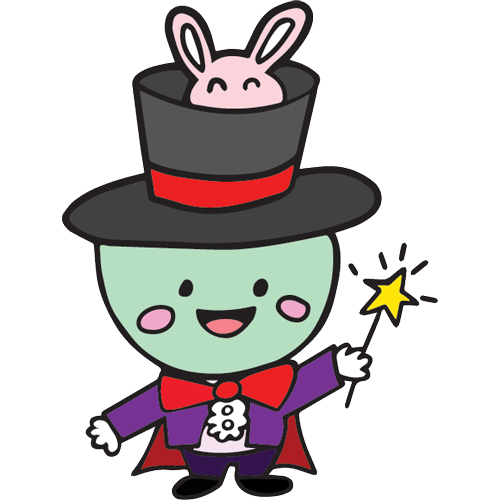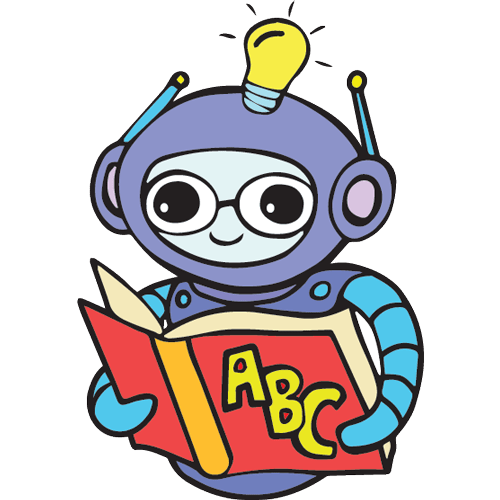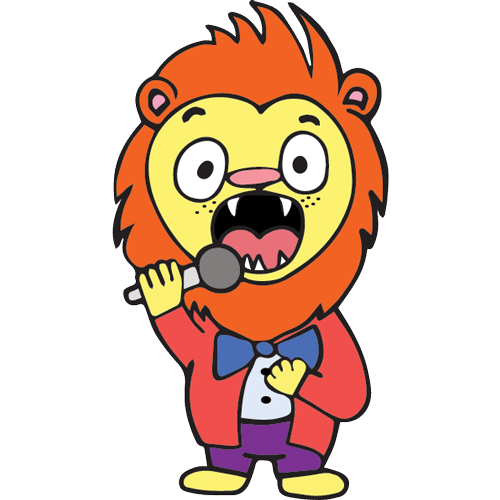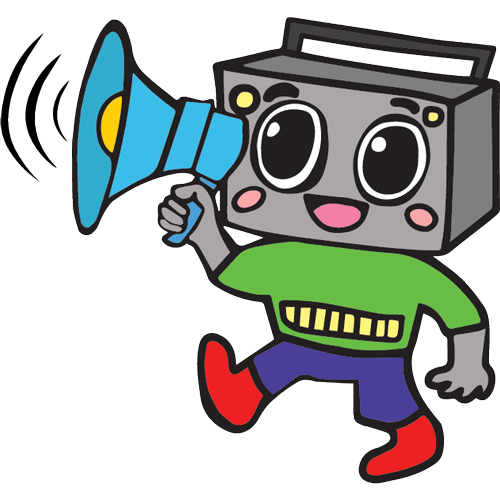Voice Therapy for Stuttering

Stuttering refers to an interruption in the flow and ease of speech. Examples include sound, syllable, or word repetitions, hesitations, prolongation of sounds, or a stoppage of air or voice in the middle of speaking. Stuttering is sometimes referred to as a dysfluency disorder and can affect the rate, rhythm, and overall clarity of speech.
Not only can stuttering make communication difficult, but it can also impact your quality of life within social settings and professional interactions. To provide more information on this topic, we spoke with Dr. Jessica Galgano, executive director and founder of Open Lines Speech and Communication, and her staff, about how speech and voice therapy can help with stuttering. We will cover why stuttering happens and the techniques that can help fix it.
Why Do People Stutter?
Typically, sounds are produced in a complex and nearly instantaneous process that involves the intricate coordination of breathing, voice production, and articulation. For people who stutter, there are disruptions in this process that cause dysfluencies. These can include repeating words (repetitions), stretching out a sound (prolongations), or not being able to produce a sound (blocks).
The experience of stuttering can be exceptionally frustrating. A simple sentence can feel like a physical feat and may make the prospect of talking feel overwhelming. Many people share that their speech and voice is unpredictable and out of their control.
People also report experiencing areas of physical tension and using compensatory strategies try to stop or move through the dysfluency. These behaviors are intimately intertwined with feelings of fear, anxiety, and negative feelings associated with speaking.”
Despite numerous theories, there is no scientific consensus regarding the cause of stuttering. Some researchers have speculated there may be reduced activity or connectivity in areas that support the timing of movement control needed for planning speech fluently, while others have suggested there are differences in the connection between regions of the brain responsible for auditory processing (e.g., Wernicke’s area) and motor speech (e.g., Broca’s area). Studies indicate stuttering tends to run in families, suggesting there is a genetic component.
Types of Stuttering
Stuttering typically appears in childhood during a period of intense language growth around two to three years old. During this critical time, children’s brains are rapidly reorganizing speech and language networks to accommodate accelerated growth. Stuttering onset can be gradual or sudden. Symptoms may vary over time and oscillate between mild to severe.
There are three types of stuttering: developmental, neurogenic, and psychogenic.
Developmental Stuttering
When stuttering appears in childhood, it is referred to as developmental stuttering. While many children recover spontaneously from this type of stuttering, it is not reliable to predict which children will need treatment and which will not.
“Early intervention is recommended in many cases. The sooner a child receives the right intervention, the faster they make progress,” Dr. Galgano said.
Neurogenic stuttering
Neurogenic and psychogenic stuttering share many similar symptoms with developmental stuttering but have some key etiological differences.
“Neurogenic stuttering is most often associated with traumatic brain events, such as a stroke, head trauma, or neurological condition, such as Parkinson’s disease,” Dr. Galgano said.
Psychogenic stuttering
Psychogenic stuttering similarly sometimes has a later onset of development and is can be precipitated by a prolonged period of stress and/or trauma. Researchers speculate chronic anxiety may have an impact on speech motor control, which may result in dysfluent speech. Speech therapy and counseling or cognitive behavioral therapy are beneficial in cases of psychogenic stuttering.
Speech Therapy for Stuttering
Comfortable, effortless speech requires a sophisticated and coordinated balance between the respiratory (breath), phonatory (voice), and articulatory (speech) systems. Open Lines®’ programs utilize an integrative treatment approach that first addresses the physical aspect of speaking by strengthening the overall coordination and efficiency of the motor-speech system.
Using a series of evidence-based exercises that optimize breath support, vocal fold vibratory efficiency, loudness, resonance, and articulatory precision, we strengthen and coordinate the voice and speech system. Throughout each individualized program, people develop a greater awareness and control of voice and speech to speak with ease and confidence.
“As the coordination and efficiency of the motor speech system is being established, we simultaneously integrate mindfulness and relaxation strategies to increase awareness of how the mind and body influence one another in different communication situations. We explore negative thoughts that may occur prior to dysfluent moments as well as reactions that happen in response to dysfluent moments, and we work to reframe and actively apply and work through thoughts and feelings about stuttering and communicating that may get in the way of authentic, free, confident expression,” Dr. Galgano said.
Stuttering Therapy Techniques
There are many ways to treat stuttering. Some methods focus on decreasing dysfluent moments by applying fluency shaping techniques, such as easy onsets and light articulatory contacts. Other methods utilize stuttering modification techniques, which involve techniques to identify dysfluency moments and make adjustments to speech before, during or after dysfluencies to reduce tension and struggle. Other techniques support individuals who stutter through exploring feelings and attitudes around stuttering, focusing on an acceptance of stuttering, and decreasing communication anxiety.
Stuttering Treatment at Open Lines®
In addition to utilizing traditional techniques, the therapists at Open Lines® have been trained in a unique respiratory-voice treatment shown to reduce dysfluencies and increase speech motor control for people who stutter. This program also integrates mindfulness, relaxation, and cognitive behavioral techniques to increase a person’s ability to prevent and work through dysfluent moments and feel confident as a speaker in social and professional situations.
If you’re struggling with communication difficulties, it’s time to turn to Open Lines®. Contact us via phone (212-430-6800), email [email protected], or by filling out our convenient contact form. Improve your communication skills and unlock your potential with Open Lines® Speech and Communication in New York today!
Get in Touch With Open Lines®














